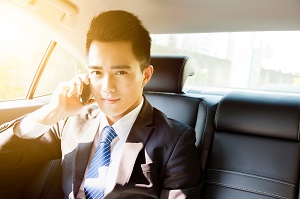There is an evolution taking place concerning the perception and consumption of luxury in China. Luxury items are important in Chinese culture, as they are used as a method to impart one’s status to others. Status is a crucial element of the Chinese social structure; since it is the tool used to showcase one’s success and social standing.
Expensive yet recognizable labels, such as Louis Vuitton or Chanel, have always been used as a way to flaunt status for those capable of affording them in China. However, as wealth continues to amass amongst China’s affluent audiences, a new type of consumer who is more concerned with exclusivity and quality is becoming more evident. These quality seekers are drawn to exclusivity and are no longer driven by the need to showcase their wealth for the approval of others. Consumers who are concerned with quality over flashiness perceive their muted approach to luxury as a true indicator of possessing the highest status.
Additionally to becoming less concerned about public display of wealth, Chinese luxury customers are also getting younger. Generally, consumers enter into the realm of high-end luxury near or in retirement age. However, this new generation of high-end luxury consumers require more from luxury brands. They are not looking to retire in a Rolls-Royce, they require brands to meet them where they are and stay in sync with their fast-paced, tech driven lifestyles. While the quality of high-end luxury items is sure to please this new emerging consumer type, brands must deliver more to attract and maintain the attention of younger clientele.
Are you marketing luxury products in Asia or thinking about entering the market? For more information on this new, emerging audience please email team@emotional-logic.co.uk
